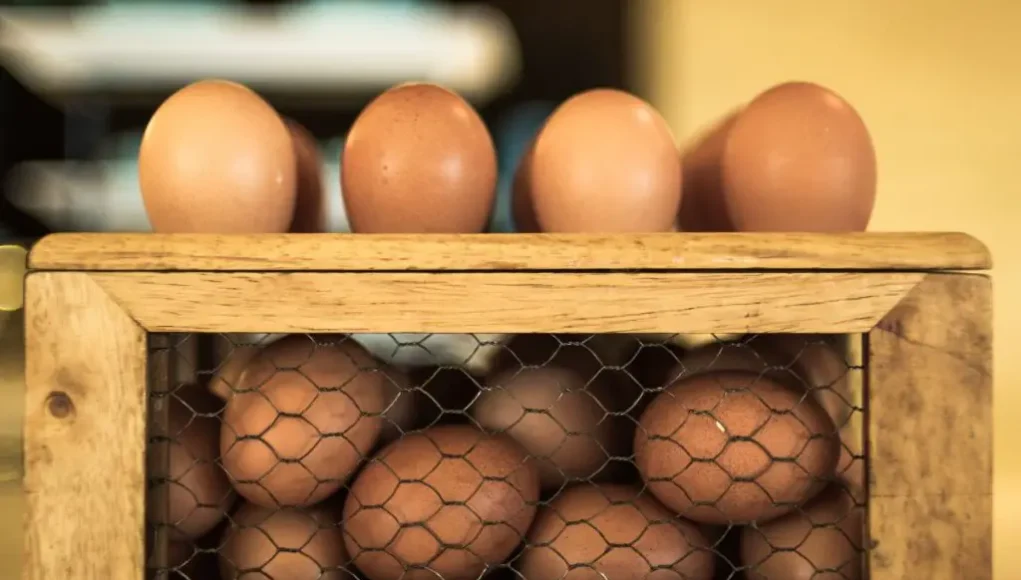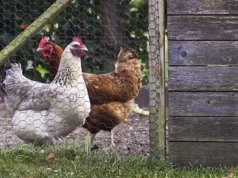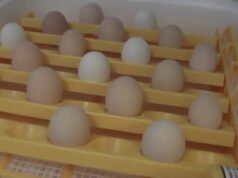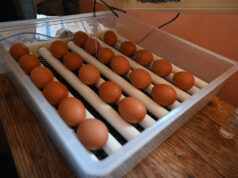The chick pipping and hatching process is one of nature’s most fascinating events. Whether you’re a seasoned poultry farmer or a curious onlooker, understanding this process is essential for ensuring the successful birth of healthy chicks. In this article, we will delve into the detailed stages of pipping and hatching, providing insight and guidance for all chicken enthusiasts.

Understanding the Basics of Chick Pipping
Chick pipping is the initial stage where a chick begins to break the eggshell to emerge into the world. This crucial step requires considerable effort and determination from the chick. The process starts when the chick uses its egg tooth, a small, temporary horn-like structure on its beak, to peck a hole in the shell.
The Role of the Egg Tooth
The egg tooth is an essential tool for the chick during the pipping stage. It allows the chick to create a small hole in the eggshell, which is the first sign of life. This hole, often referred to as a pip, is the gateway to the chick’s new world.
Signs of Pipping
As a chicken caretaker, it’s vital to know the signs of pipping. Look for small cracks on the eggshell, which indicate that the chick has started the pipping process. You may also hear faint peeping sounds from the eggs, suggesting that the chick is breathing through the hole it has created.
The Hatching Process
Once the chick has successfully pipped, the hatching process begins. This is a critical time for the chick, as it will need to gather enough strength to break free from the eggshell completely.
Breaking the Shell
After pipping, the chick will start to rotate within the egg, using its legs and wings to push against the shell. This rotational movement helps the chick to widen the hole and eventually crack the shell open.
The Final Push
The final stage of hatching involves the chick pushing itself out of the shell. This can be a strenuous task and may take several hours. It’s crucial not to intervene unless the chick is in distress, as this process helps build the chick’s strength and stamina.
Factors Influencing the Pipping and Hatching Process
Several factors can affect the success of the chick pipping and hatching process. Understanding these factors can help ensure a higher hatch rate and healthier chicks.
Temperature and Humidity
Maintaining the correct temperature and humidity levels is crucial during incubation. Refer to this guide for tips on how to manage these conditions effectively.
Egg Turnings
Regularly turning the eggs during incubation helps ensure the even development of the embryo. For more information on egg turning, visit this beginner’s guide.
Post-Hatch Care
Once the chick has hatched, providing proper care is essential for its survival and growth.
Setting Up the Brooder
After hatching, chicks need a warm and safe environment to thrive. A brooder provides the ideal setting for young chicks. Ensure that the brooder is kept at the correct temperature and is clean and secure.
Feeding and Watering
Providing the right nutrition is vital for the growth and development of chicks. For expert advice on feeding baby chicks, visit this external resource.
Common Challenges and Solutions
While the chick pipping and hatching process is generally successful, sometimes challenges arise. Here are some common issues and their solutions.
Stuck Chick
If a chick becomes stuck during hatching, it may need assistance. Carefully moisten the membrane with warm water to help the chick free itself.
Weak Chicks
Some chicks may hatch weak or underdeveloped. Providing extra warmth and nutrition can help these chicks gain strength.

FAQ Section
What is pipping in the hatching process?
Pipping is the initial stage of hatching where the chick breaks the shell using its egg tooth.
How long does the hatching process take?
The hatching process can take several hours, from pipping to fully emerging from the shell.
Should I help a chick that’s struggling to hatch?
Intervene only if the chick is in distress. It’s important for chicks to complete the hatching process on their own to build strength.
This article contains affiliate links. We may earn a commission at no extra cost to you.











